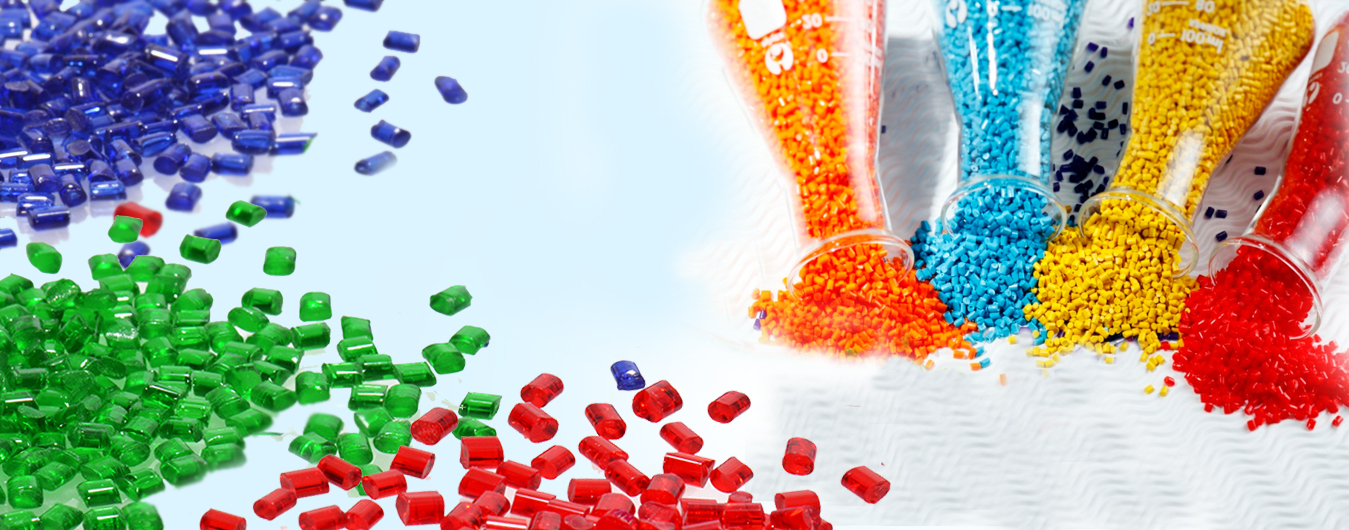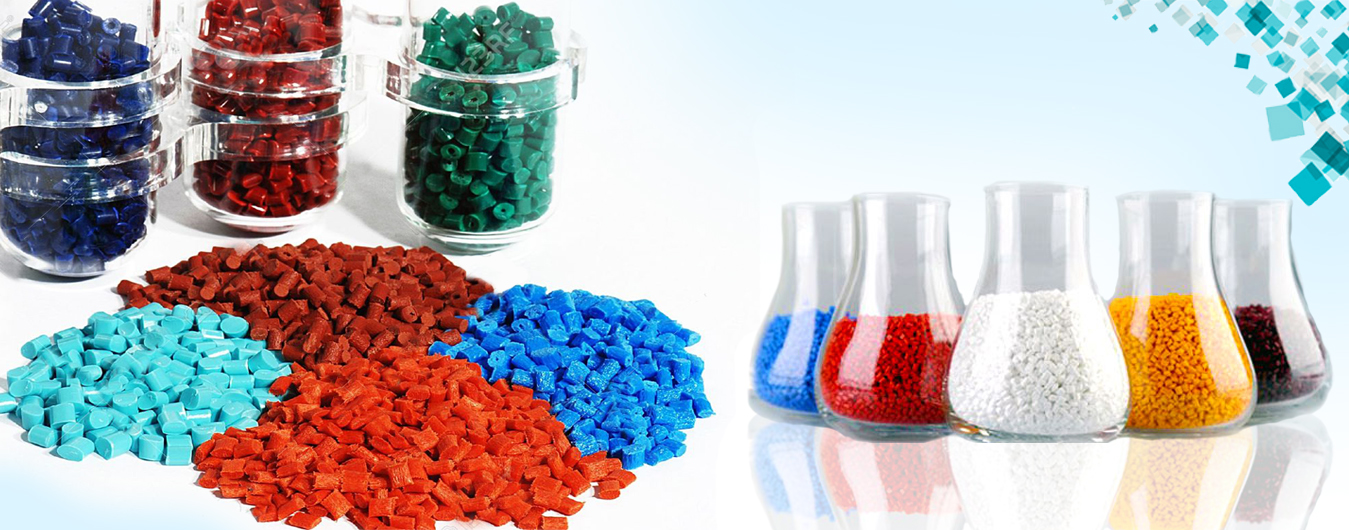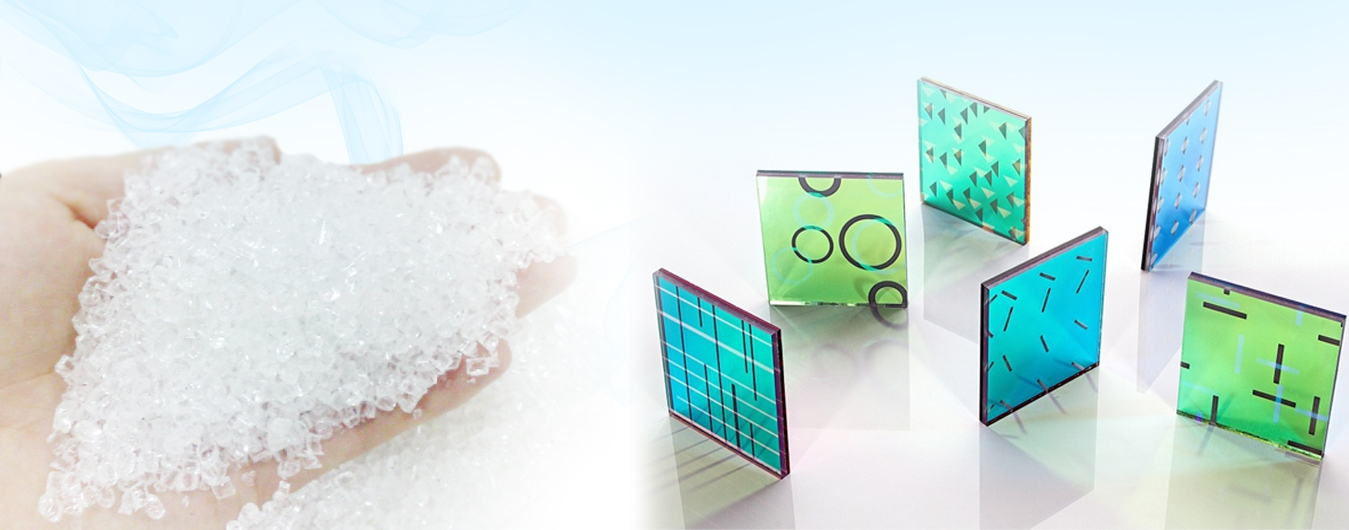Acrylic Resin
SYNPOL Acrylic resins are manufactured by addition polymerization of monomers which are generally derived from acrylic and/ or meth acrylic acid. These resins are available in three types: Thermoplastic resin, thermosetting resin and Acrylic polyol for P.U application.
- Thermoplastic Acrylic Resins: These resins for coatings form films at ambient temperatures. These are produced by both solution & suspension polymerization. Mostly the product contain methyl methacrylate, or its combination with other methacrylic esters for adjusting the glass transition temperature. The paint may contain plasticizers; which dry by physical means only. They are notable for fast initial drying at ambient temperatures, relatively good weahterability, and do not yellow. They have good plasticizer resistance, flexibility from hard to excellent are available. Because of these properties, thermoplastic acrylic resins are used for automotive repair finishes. These thermoplastic acrylic resins failed to match the application properties of cellulose nitrate combinations, or their high pigment loading. Therefore Thermoplastic acrylic resins are mainly used for physically drying clear coats.
- Thermosetting Acrylic Resins: These resins can be classified in two groups according to their cross linking mechanism: Hydroxyl functional & Carboxyl functional. Hydroxyl functional acrylics are normally cross linked with amino resins, whereas the carboxyl functional acrylic resins are cross linked with epoxy resins. These resins combine the same wide range of properties of the thermoplastic resin with excellent solvent resistance, flexibility, impact resistance and high hardness of cross linked system.
- Thermosetting Acrylic Resins can classified in following two groups:
- Hydroxyl Functional Acrylic Resins: When crosslinked with amino resins it cures at standard baking temperatures to an extremely hard, glossy film which possesses superior resistance to soap, detergents, and staining. Because of its high degree of crosslinking, it develops excellent solvent resistance, print resistance, and resistance to deformation at elevated temperatures. Gloss retention and color retention are also excellent. Hydroxyl functional acrylic resins are combined with amino resins as cross-linkers. The functional group (methylol and methylol ether groups) on the amino resins react with the hydroxyl groups on the acrylic resins. The crosslinking reaction takes place at elevated temperatures. Efficient crosslinking temperature vary with the type of amino resin from 125 to 200°C, and also the reaction can be acid catalyzed. The crosslinking temperature can be lowered by using sufficient amount of strong acids like hydrochloric acid & organic acid like p-toluene sulphonic acid. Using organic acid curing, temperature can be lowered as good as 80 to 130°C. This system can be used where heat sensitive substrates like plastic parts are to be coated. Amino resins used for crosslinking are urea resins, melamine resins & benzoguanamine resins. The most important cross-linkers for Hydroxyl Functional Acrylic resins are the melamine resins because of their weatherability, which compiles well with the properties of acrylic resins.
- Carboxyl Functional Acrylic Resins: When crosslinked with epoxy resins it gives an outstanding balance of fabrication, dry heat, and processing resistance for metal-decorating applications. It gives excellent color, high gloss and retention of performance properties after high temperature over baking.
- Acrylic Polyols: These resins are having excellent compatibility with isocyanate based cross linking agent with excellent gloss, hardness, flexibility, chemical resistance and non-yellowing properties.



